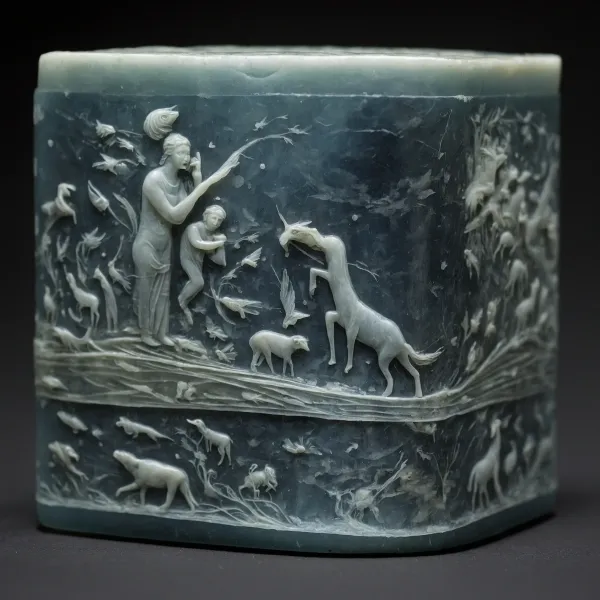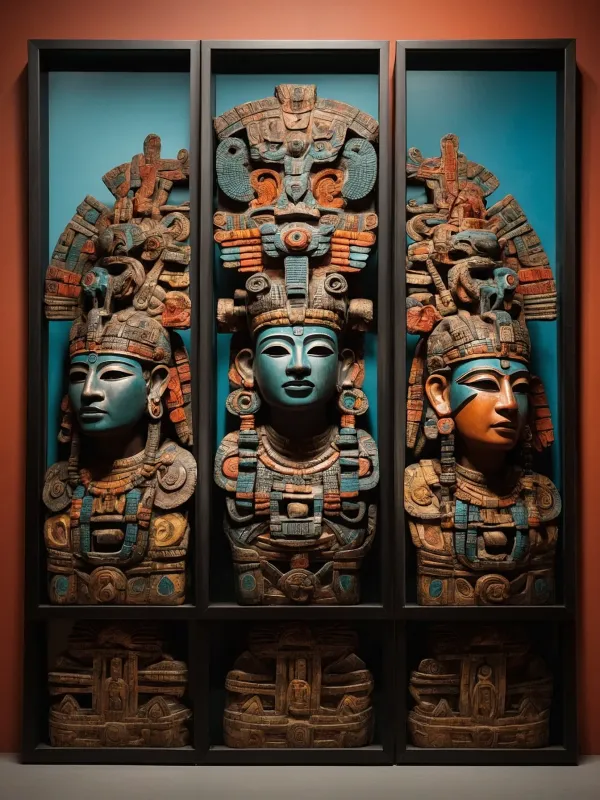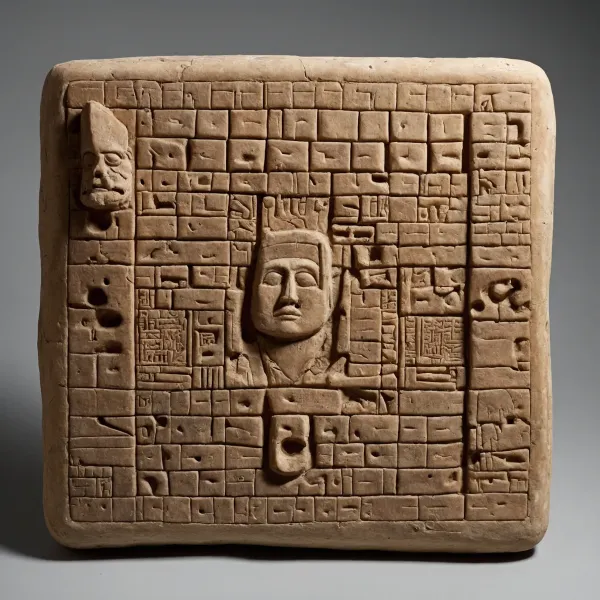The Fall of Dumarais Duchy
A photographer found a place of legend that time forgot. But in capturing this unique image of beauty and decay, she would find herself in a maze of untamed wilderness that almost claimed her life.

During the early 2000s, travel photographer Leslie Anne Gonzales created her project Echoes, a collection of 80 photographs that depicted ruined places forgotten by history, but very much alive in folklore and legend.
Echoes brought the artist to every corner of the world, from the Amazonian rainforest to the Gobi desert, but it was in the Larmes wetlands of southern France where she faced one of her biggest challenges, and captured the image that would grant her 2005's Foggerty Award. In Gonzales's own words:
I'd explored the rainforest of Borneo just a month ago, but I'd never felt more intimidated by the wilderness than inside Larmes swamps. The place was a labyrinth. I spent hours following the wrong paths, mud up to my knees, then to my waist. I tripped, and got tangled and scratched, fell face-first into the swampy water. It almost felt as if the whole place wanted to force me to return. But I was determined to capture the Dumarais palace, bring it from legend to reality through my lens.
When I reached the lagoon and saw the reflection of the palace on the water, nothing mattered but me, my camera, and that ghostly place, gleaming and powerful even in its decay. A storm poured on me as soon as I took the picture. It felt like my camera had violated a sacred place, and that was my punishment.
The rain made it impossible to backtrack my steps. I still remember waddling through the swamp, fighting to keep my equipment dry. I remember the smell of wet moss, and my skin itching, and the croaking of the frogs, that sounded almost like a chorus, sometimes near, sometimes far away.
The French authorities told me a hiker found me—conscious but delirious with fever—hiding in a clump of reeds at the edge of the wetlands. I was in the hospital for three days. But when I finally opened my eyes and saw my camera sitting on a chair in front of me, I knew everything had been worth it.
-Leslie Anne Gonzales, interview for Apertour Magazine, 2010
Fair to her account, the Marécages des Larmes has always been infamous for its tangled and tortuous paths. Some historians affirm the hostility of the landscape suited the Dumarais family, infamous for disliking travelers and unwelcome visitors.
The Dumarais Palace at Larmes would also witness the downfall of the duchy itself. When the Numinous Revolution stroke in 1789, the Dumarais were at the top of the revolutionaries' list of grievances because of their strong ties to the Nightshade King. Maurice de Romilly led a group to the Larmes wetlands directly from Versailles, although it took them three full days to locate the palace, and half of their company perished in the swamps.
The mob guillotined Duke Audouard Dumarais in his own courtyard and threw his head into the lagoon that surrounded the palace. They failed to find his third wife, Duchess Eloise Dumarais, and assumed she'd fled into the wetlands before their arrival and probably drowned. No historical records exist about the duchess's whereabouts at that moment or after the Numinous revolution, and no one claimed the palace ever again.
Leslie Anne Gonzales loaned the photography to the Ravensfield Collection in 2013 for the temporary exhibit Fabled France. Indigo Ravensfield insisted in a permanent acquisition after seeing Gonzales's artwork close to one of the museum's highlights: the Green Diary.
Sometimes, two pieces of artwork belong together. It doesn't matter if they are separated by hundreds of years or thousands of miles, they just do. Even Leslie Anne could tell her wonderful photograph was part of a larger story, as I could tell acquiring it would strengthen my family's legacy, and bring me closer to my mysterious grandaunt Ernestine.
- Indigo Ravensfield




